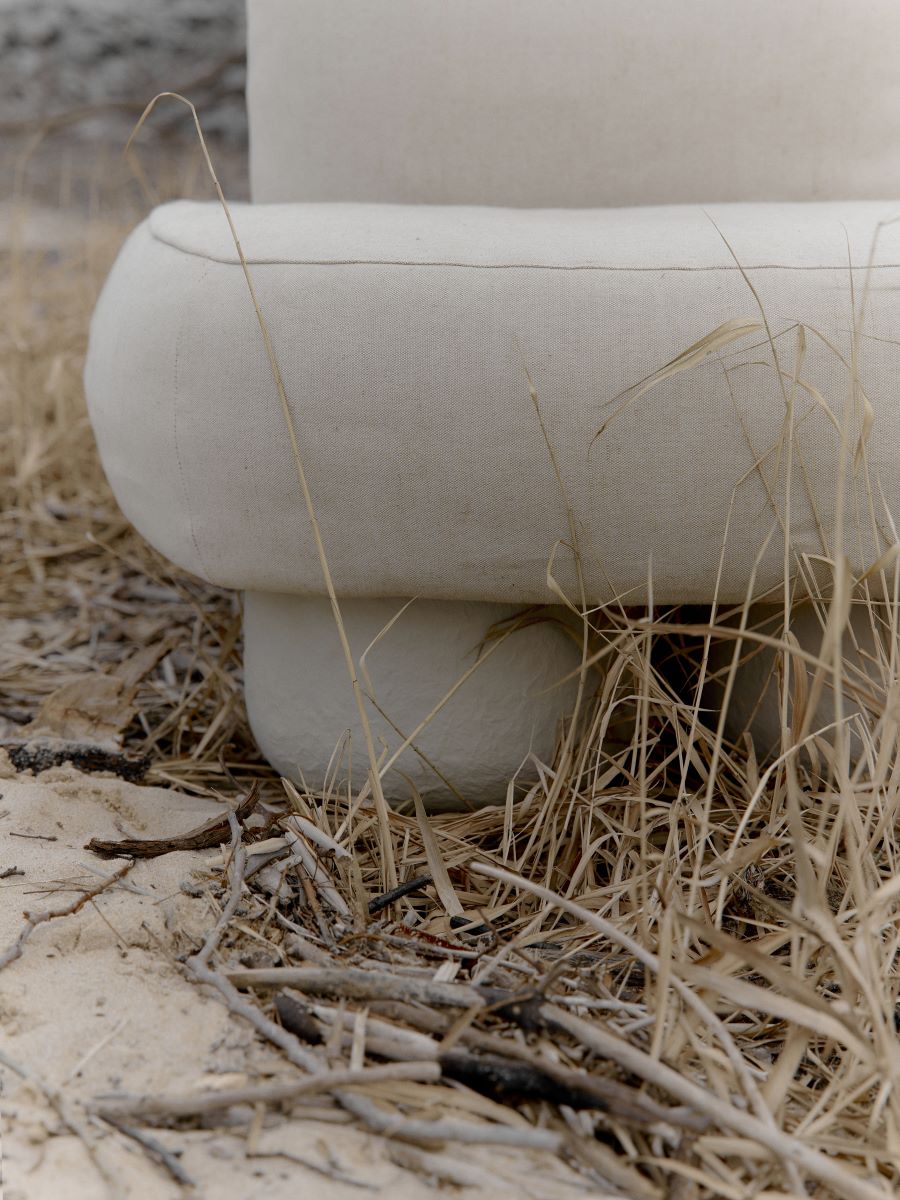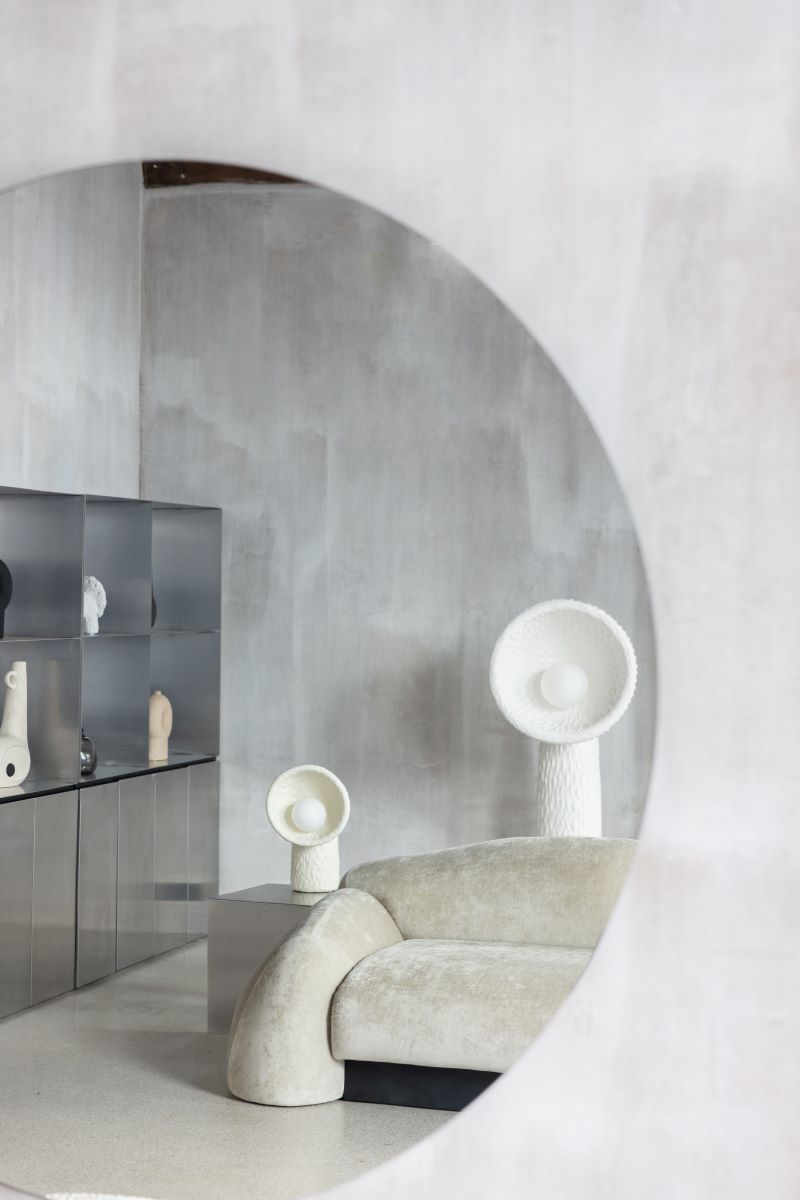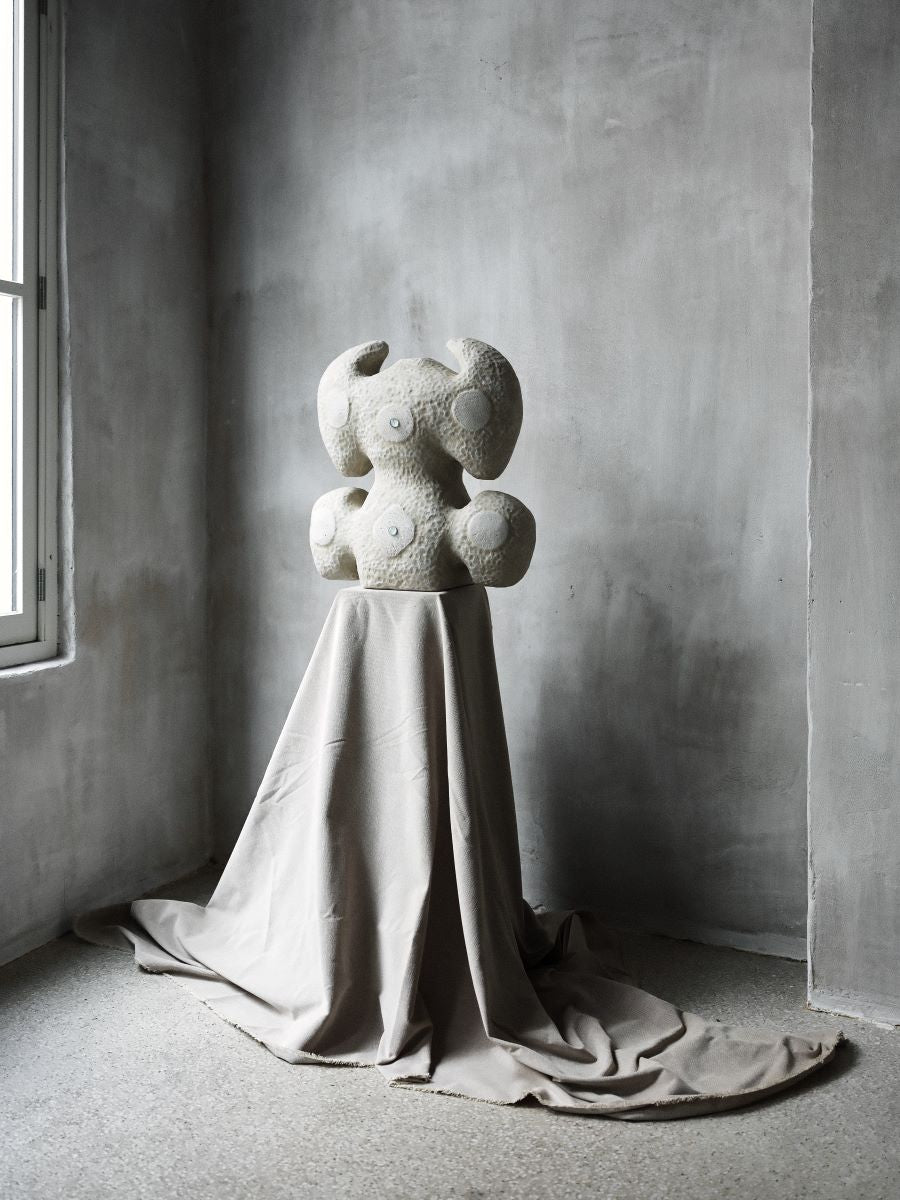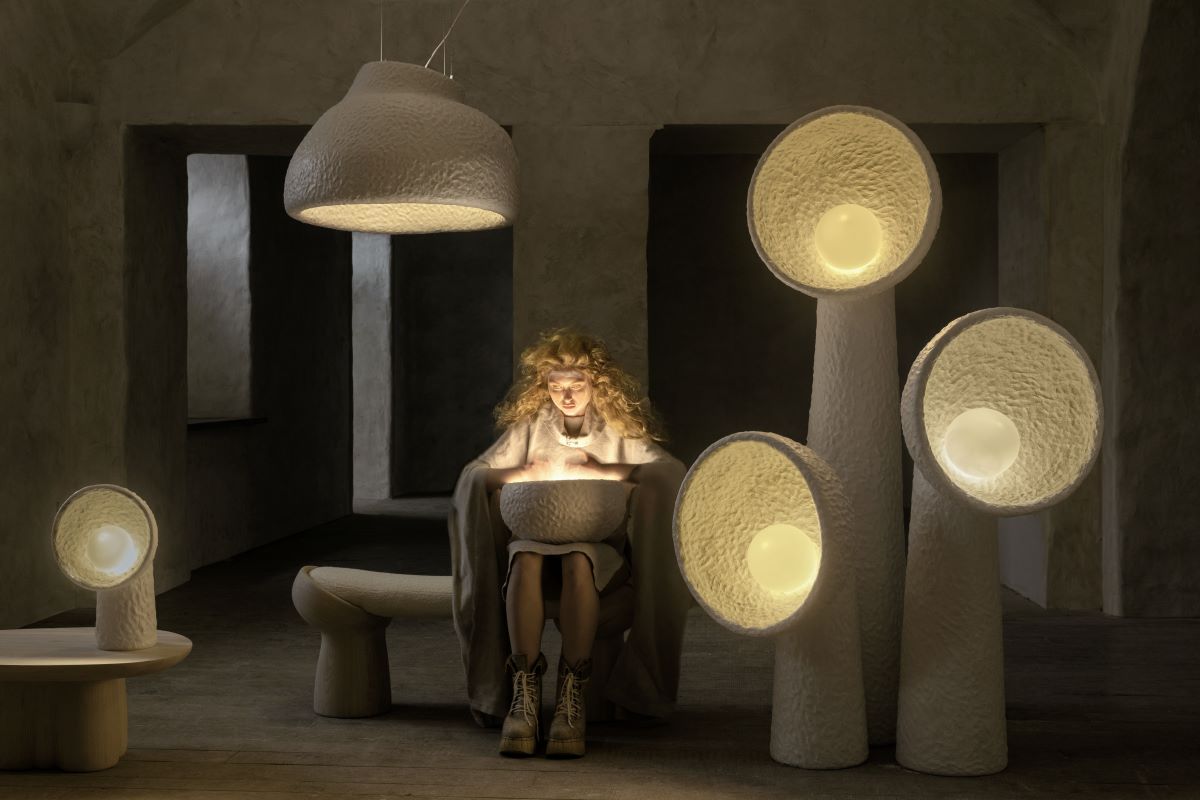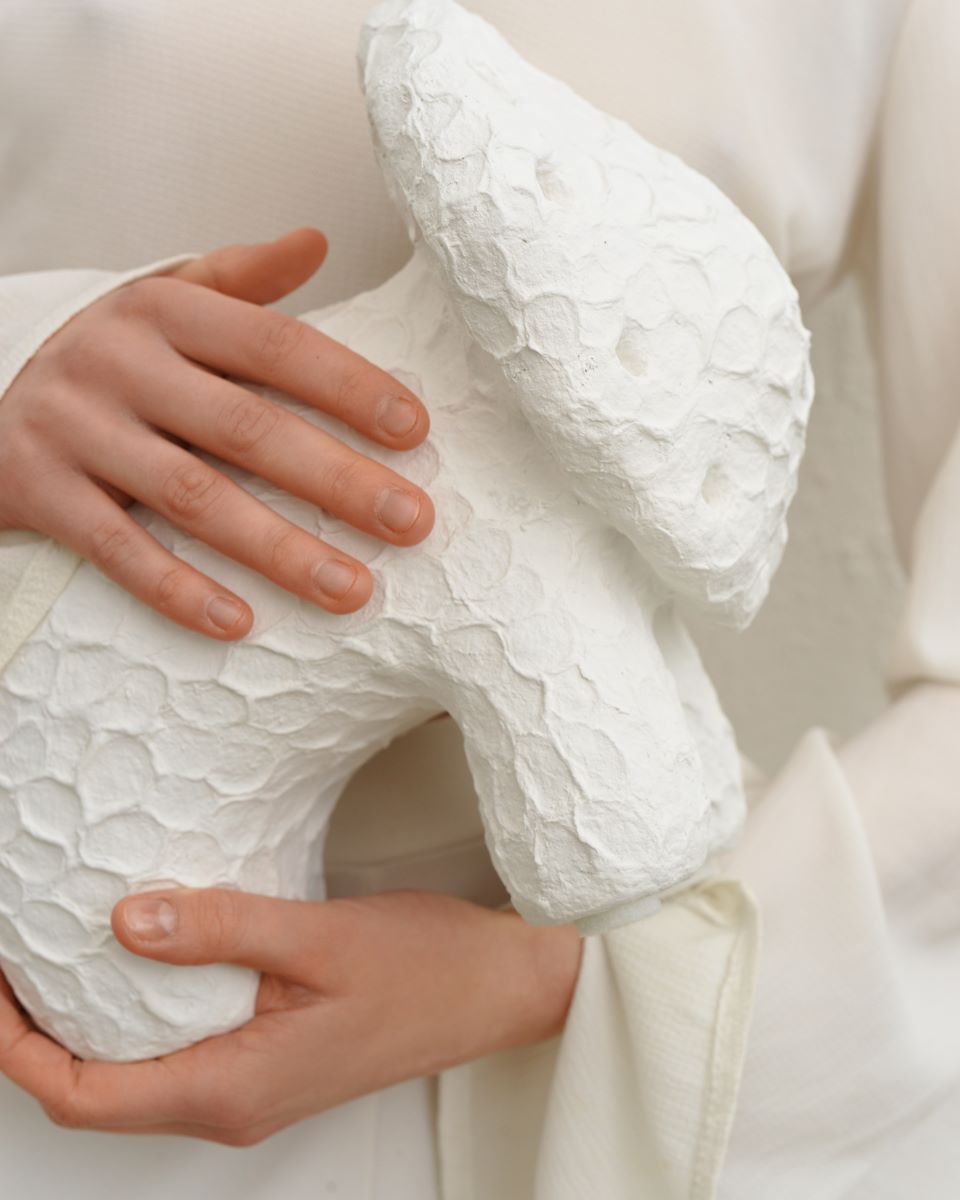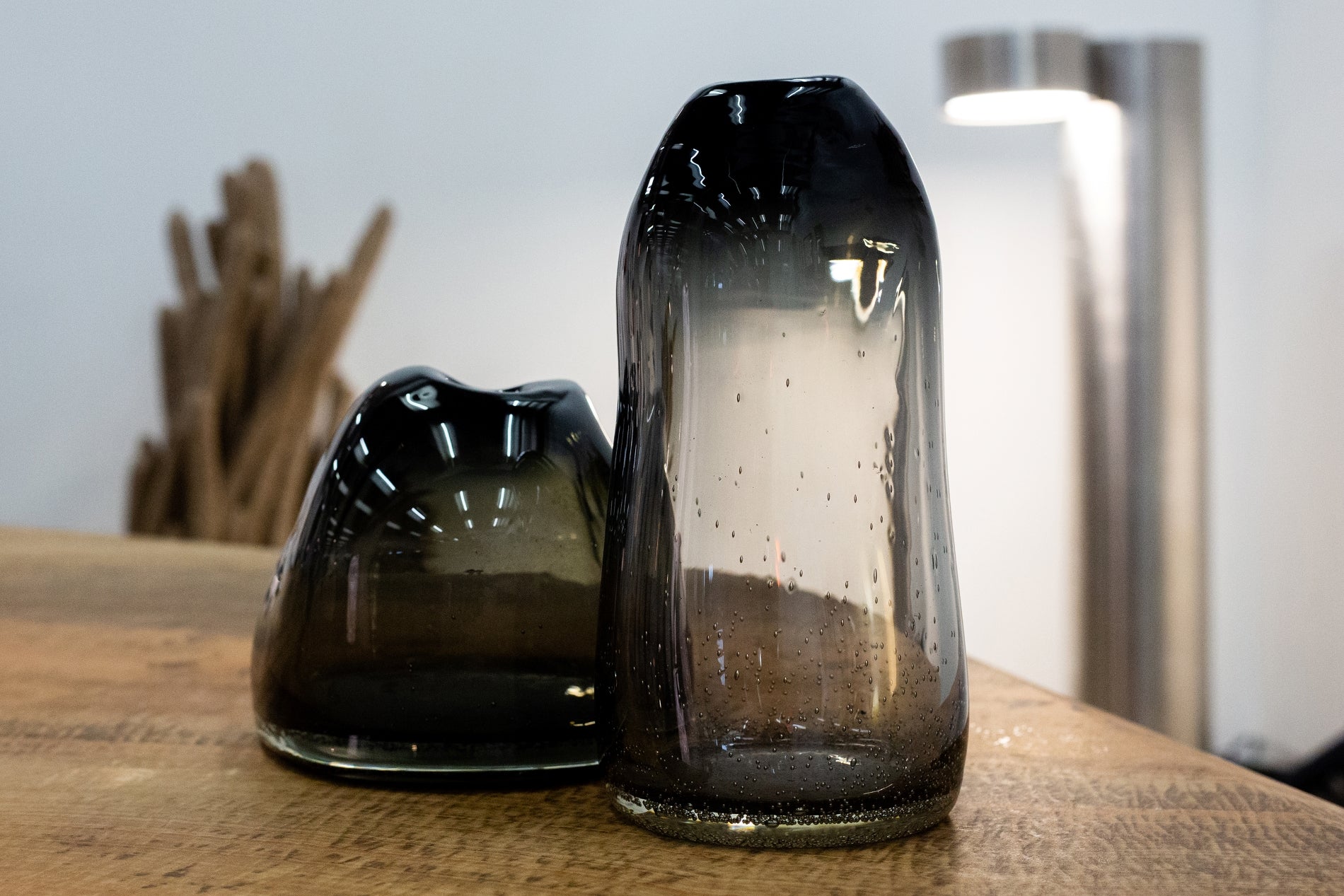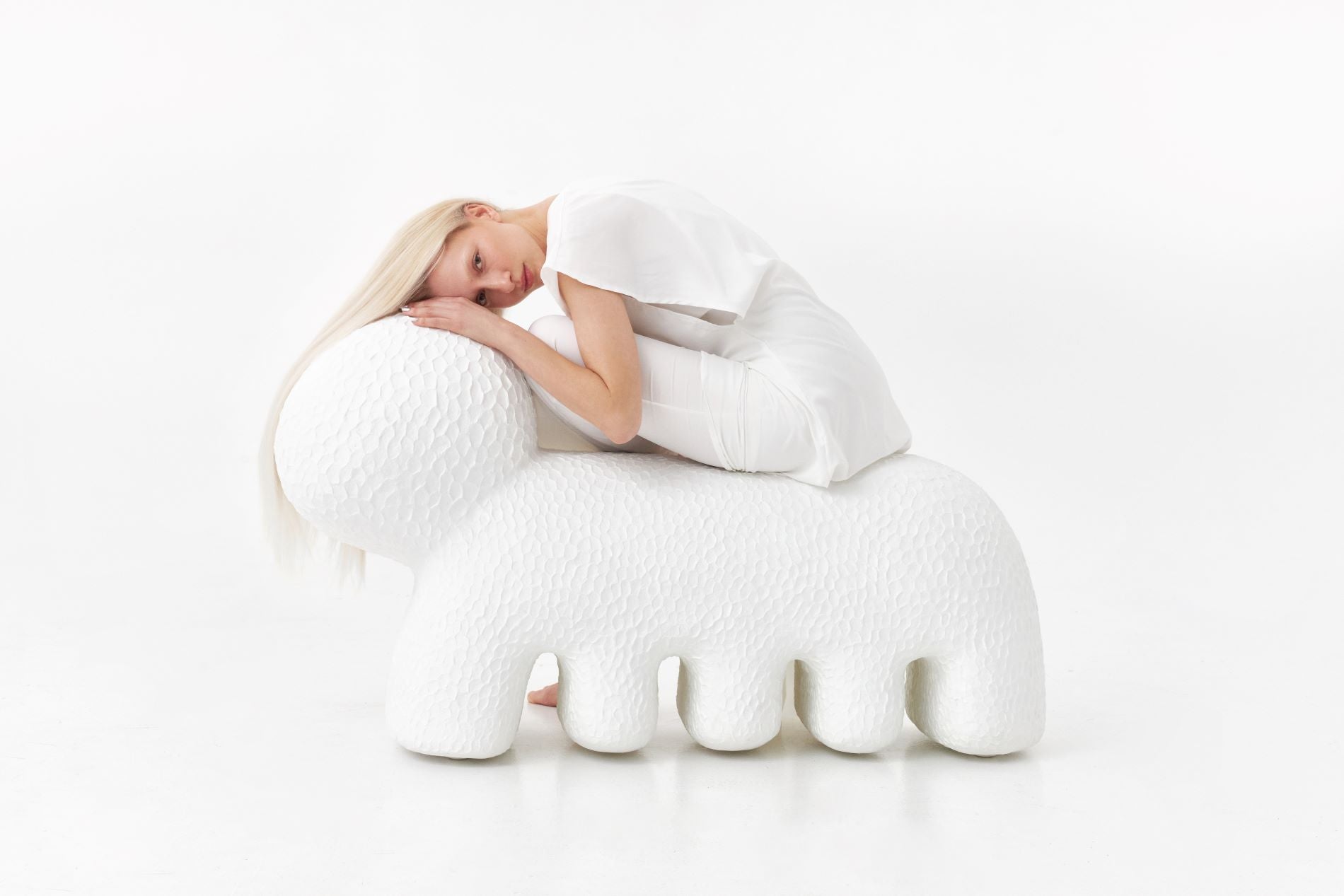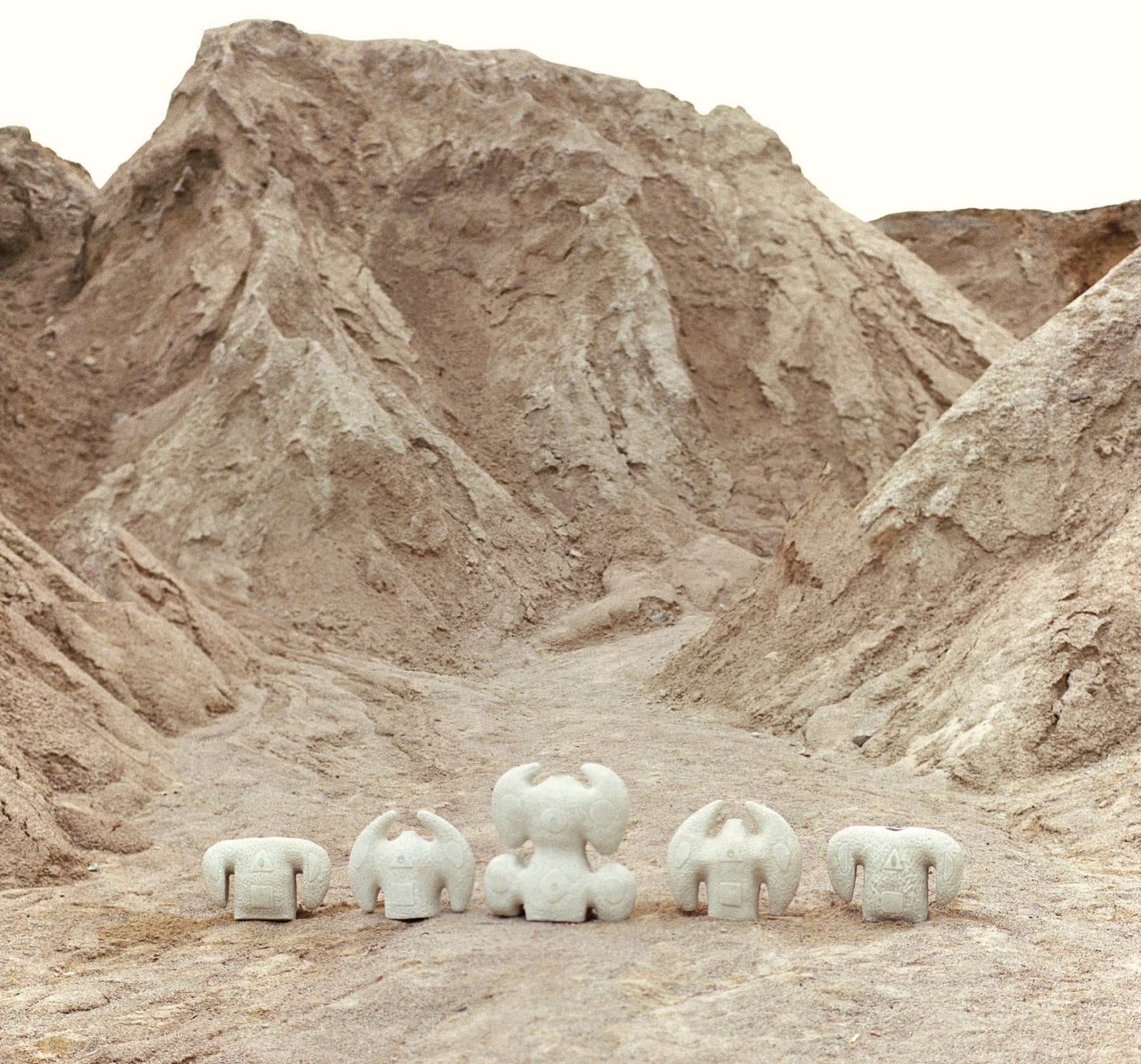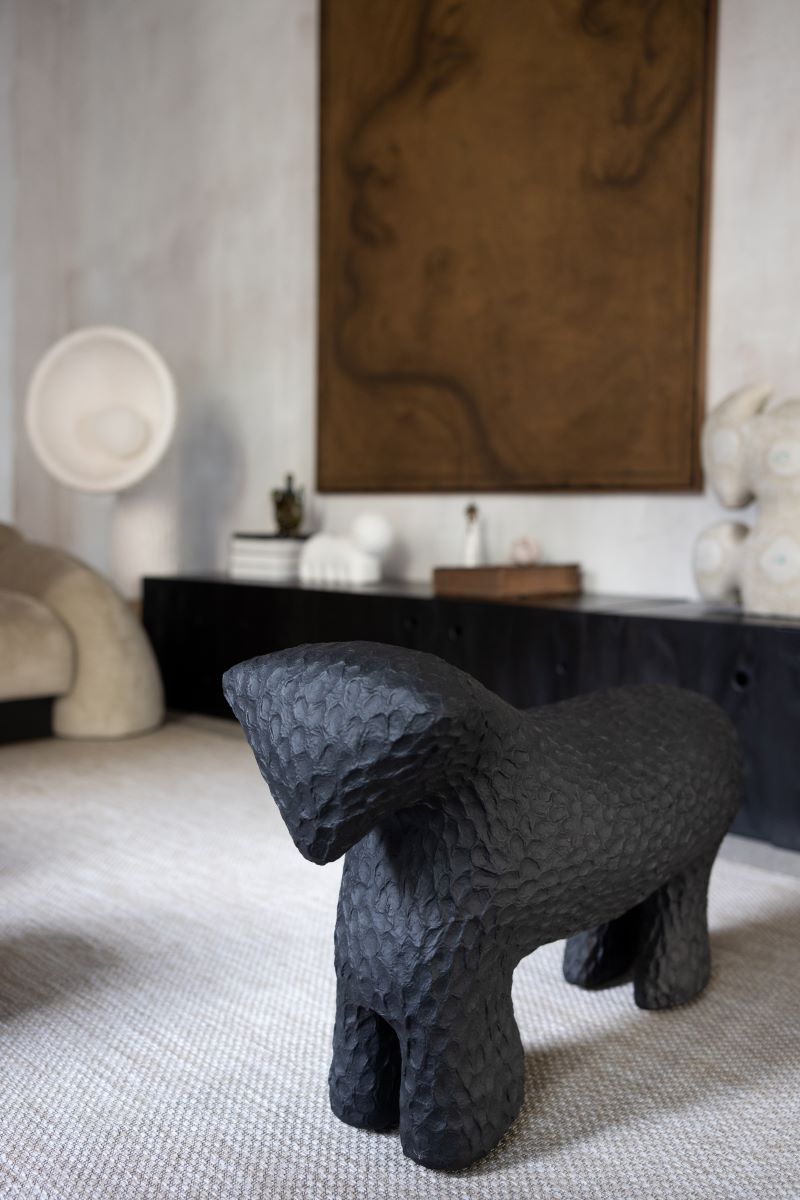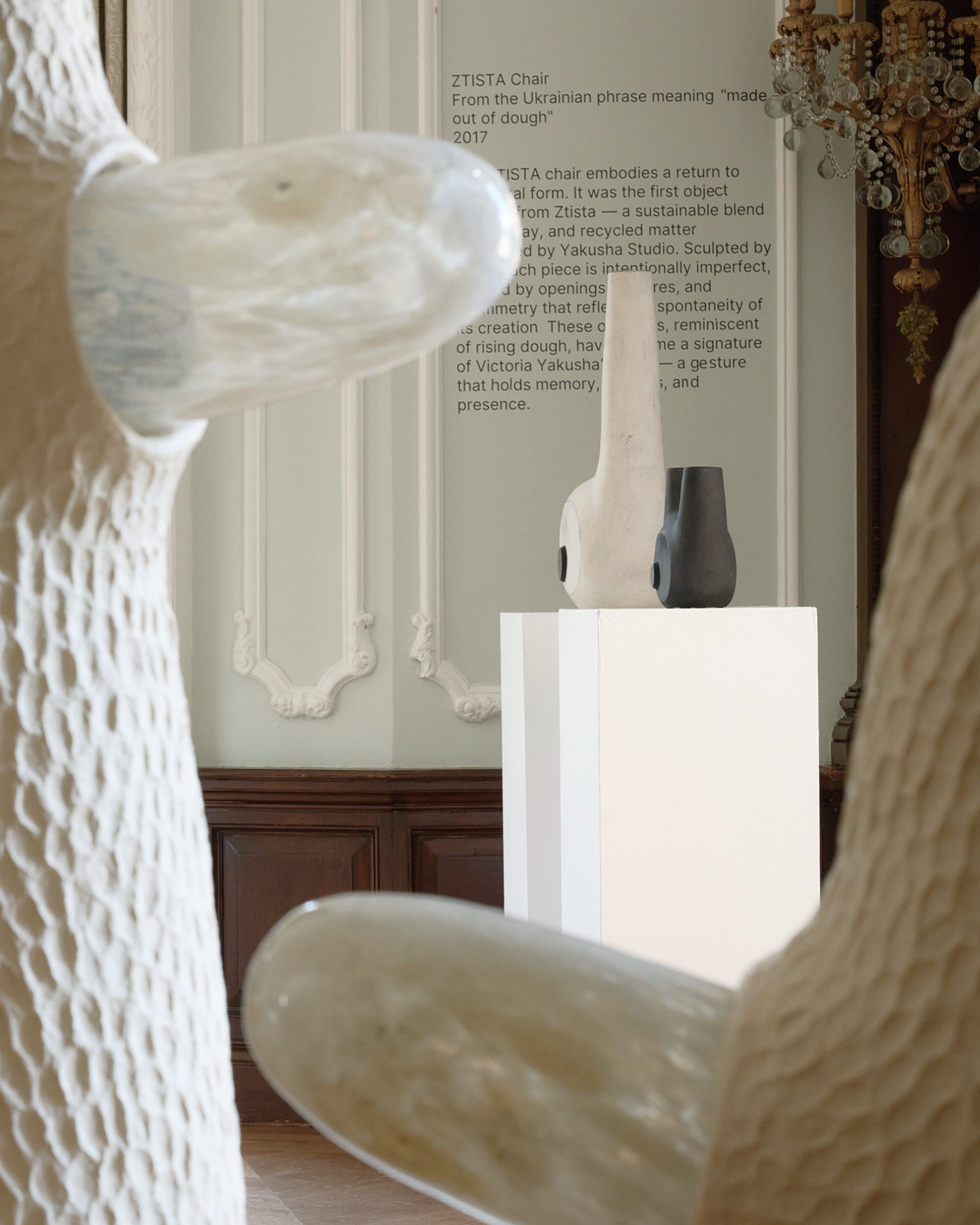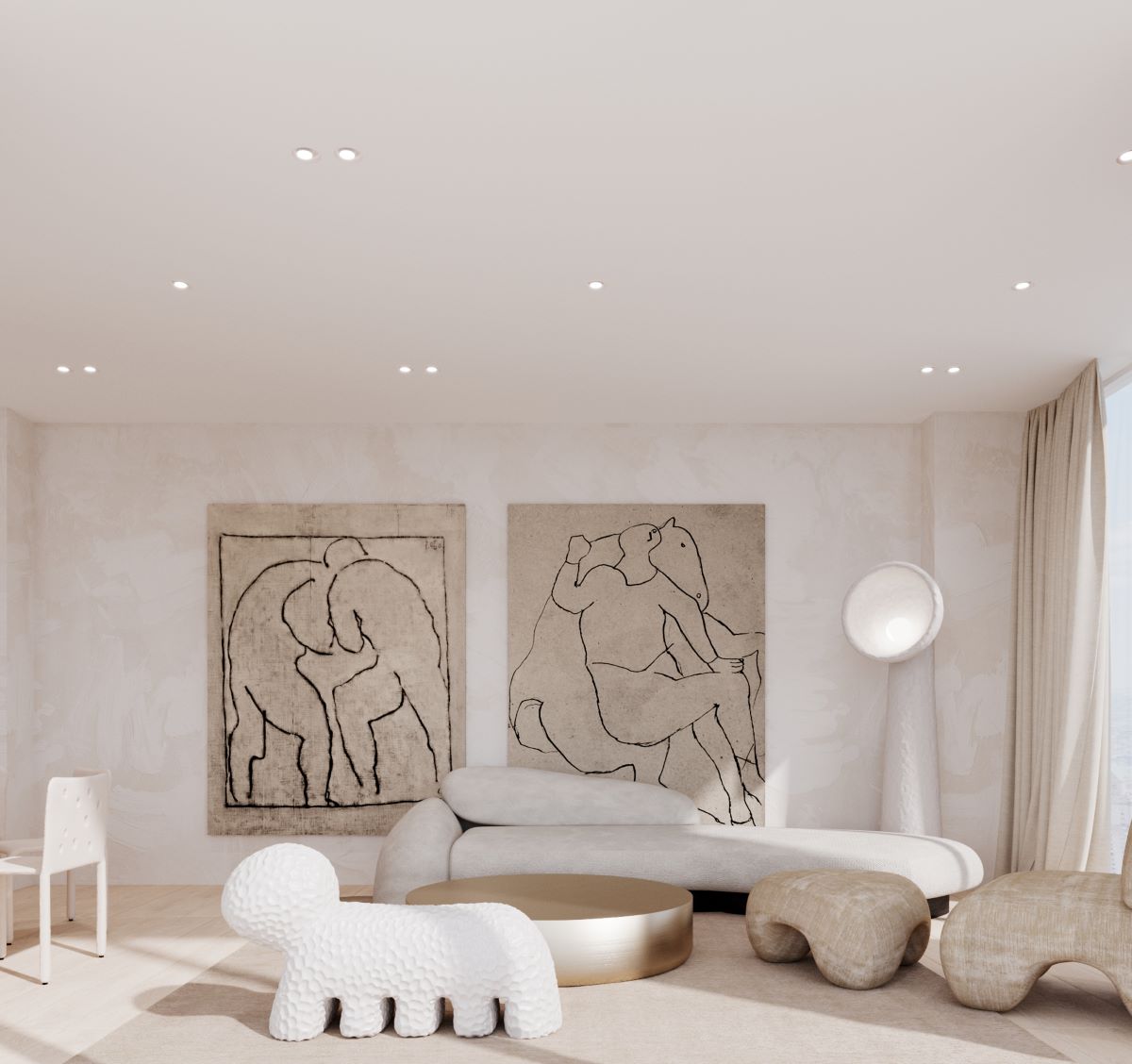FAINA gallery in Antwerp
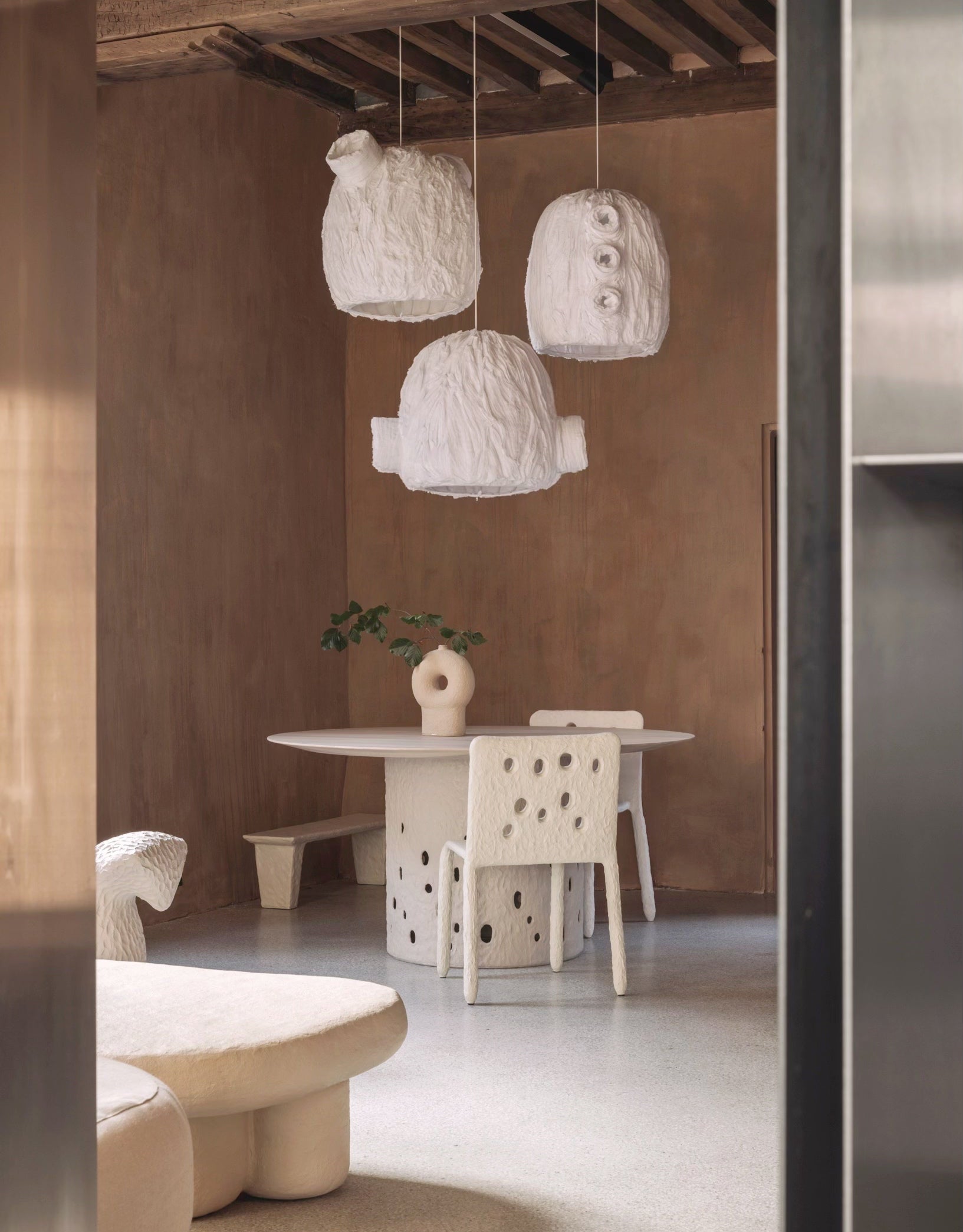
Sustainable Design Principles: How to Create Eco-Conscious Interiors
FAINA gallery in Antwerp
We no longer have the luxury of designing without care. Every object we bring into our homes, every material we choose, every structure we raise, it leaves a mark. Today, sustainable interior design is no longer a trend. It is a responsibility. It is a return to honesty: to materials that breathe, to spaces that endure, to homes that honor the world they exist within.
At Yakusha Studio, sustainability is not added after the fact. It is the foundation. It’s not a checkbox, it’s a mindset. Through natural materials, circular design thinking, and cultural continuity, we build environments that are as mindful as they are beautiful.
What Is Sustainable Design—and Why Does It Matter?
Sustainable interior design is about creating spaces that value the environment and promote long-term human and environmental well-being. It means using sustainable materials, reducing waste, rethinking what and how we consume, and designing for longevity, not trends.
Sustainability provides clarity in a world full of overproduction and short-lived design cycles. It brings us back to the core of life—eco-conscious living, where beauty is about more than just appearances. It has a purpose. Both good and bad things can come from design. Sustainable design makes the decision to mend.
Volyk bench by Victoria Yakusha

Volyk bench by Victoria Yakusha
Core Principles of Sustainable Design
At its core, green interior design is based on a set of practical values that push back against the rapid consumption of modern life. It starts with a mindset of reuse and reimagining, which serves as a quiet rebellion against a throwaway culture. Instead of constantly discarding what feels outdated, we focus on what can be restored, reinterpreted, or given new life. In the work of Yakusha Studio, vintage items and locally made objects often mix with contemporary design, creating a sense of continuity while cutting down on waste. Equally important is the use of natural, honest materials, such as clay, wood, flax, wool, and straw, which return to the earth as gently as they arrived.
These materials are not only safe and low in emissions; they also bring the rhythms of nature into our homes, providing a sense of calm and grounding. Green design values durability over mere decoration. Sustainable interiors are not created to follow trends; they are meant to last. With timeless shapes and artisanal production, each piece becomes something to live with, grow old with, and form an emotional bond to over time. Finally, this approach emphasizes local production and craftsmanship. Instead of outsourcing to faraway factories, it supports local artisans, preserves cultural traditions, reduces environmental harm, and promotes more ethical, human-centered ways of creating.
ZTISTA chairs, SONIAH lamp by Victoria Yakusha
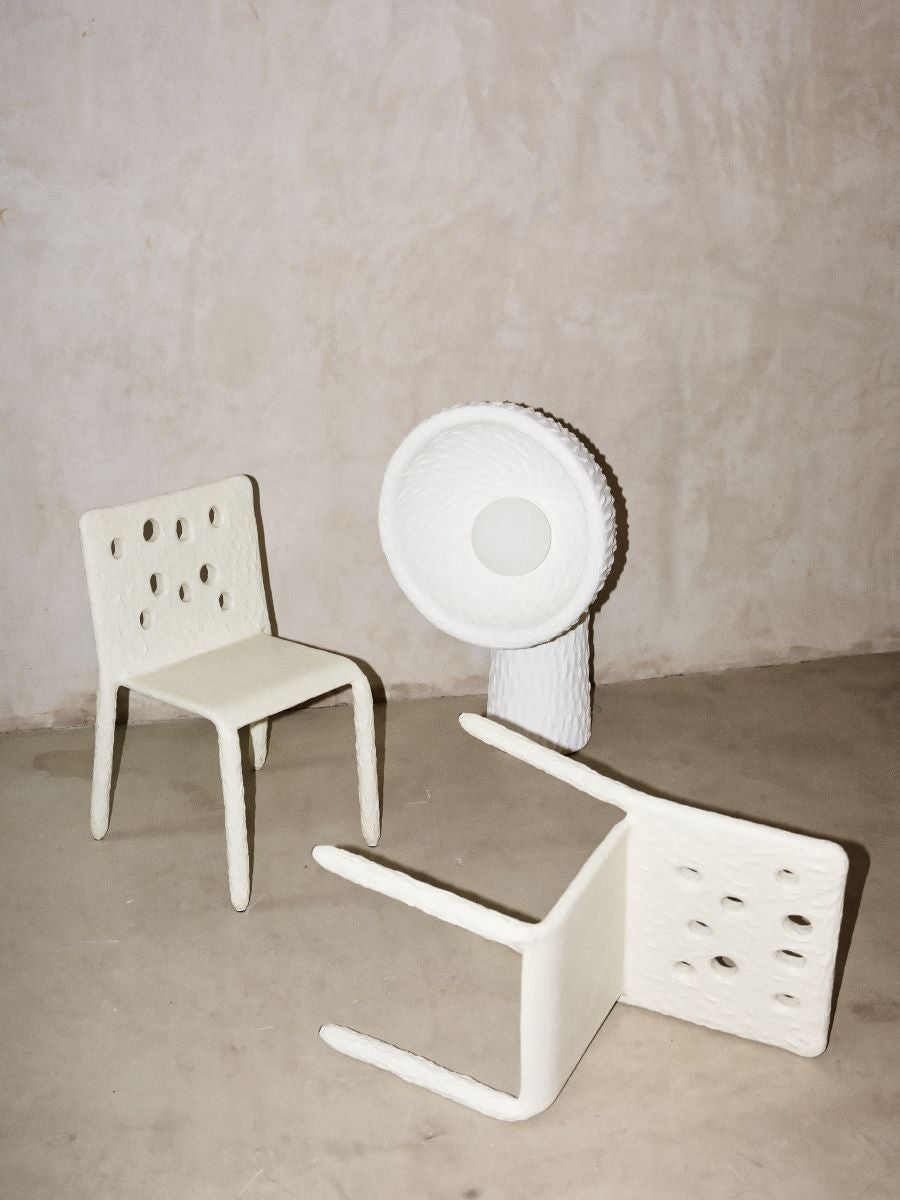
ZTISTA chairs, SONIAH lamp by Victoria Yakusha
How Yakusha Studio Brings Sustainability into Architecture & Interiors
For Yakusha Studio, sustainability is tied to the essence of our work. Our design practice stems from slow, meaningful creation. We choose materials that hold both ecological and cultural significance.
Every our interior starts with its textures, colors, and elements. Walls are finished with natural materials, and we shape furniture by hand. We minimize the use of synthetic materials and avoid fasteners that make recycling harder. We build not just for today, but also for future generations.
From earth floors in rural homes to clay ceilings in modern apartments, sustainability is present in every layer. This commitment is evident not only in the visible finishes but also in the construction process itself.
our sustainable material ZTISTA
ZTISTA (from Ukrainian, “made of dough”) is a living example of sustainable design in action. Developed by FAINA, it’s a sustainable composite of clay, hay, recycled paper, and other natural fibers—each piece sculpted by hand using traditional Ukrainian techniques, is not polished. It’s expressive, imperfect, textured—reminding us that sustainability can also be deeply emotional. It wears with time, becoming more human, more grounded.
Tables, shelves, lamps crafted from ZTISTA are biodegradable, low-emission, and locally produced. Each carries both the memory of material and the hand that shaped it.
"Live Minimalism" interior by Victoria Yakusha

"Live Minimalism" interior by Victoria Yakusha
Practical Advice: How to Live Sustainably at Home
Sustainable design isn’t just about architects or design studios. It starts with small, human choices made every day. It involves selecting fewer, but better, items. This means resisting fast furniture and choosing timeless pieces made to last for decades. It’s about supporting local artisans whose work adds character and helps cut down on the hidden costs of global shipping. Choosing natural finishes like clay, limewash, or beeswax keeps the air in our homes clean and healthy. Allowing plants and daylight in brings nature into our daily lives. Thinking modularly means picking items that can be repaired instead of thrown away. This extends the use and story of what we own. Vintage finds, often overlooked, have a depth and charm that no flat-pack shelf can match. At its heart, sustainable living isn’t about limits. It’s about living with clarity, care, and purpose.
FAINA gallery in Antwerp

FAINA gallery in Antwerp
Why Sustainable Design Is an Act of Cultural Preservation
In a global era of mass production, sustainability is also cultural. By working with indigenous materials and local makers, Yakusha Studio not only reduces impact—it preserves identity. With every application of clay instead of plastic, handcraft instead of machine mold, we're making a choice: to slow down, to reconnect, to remember. Sustainable design is not only for the future—it's for keeping the know-how of the past.
A Home That Gives Back
Design can be more than utilitarian. It can be therapeutic. An eco-friendly home does not just shelter you—it sustains you. It sustains you in contact with nature, connected to tradition, and loyal to your values in material, form, and spirit. We at Yakusha Studio believe in creating homes that give back—to the earth, to the culture that bred them. For when a space is made with thoughtfulness, it teaches us how to live thoughtfully, too.
PLYN armchair, DYZHIY bench by Victoria Yakusha


